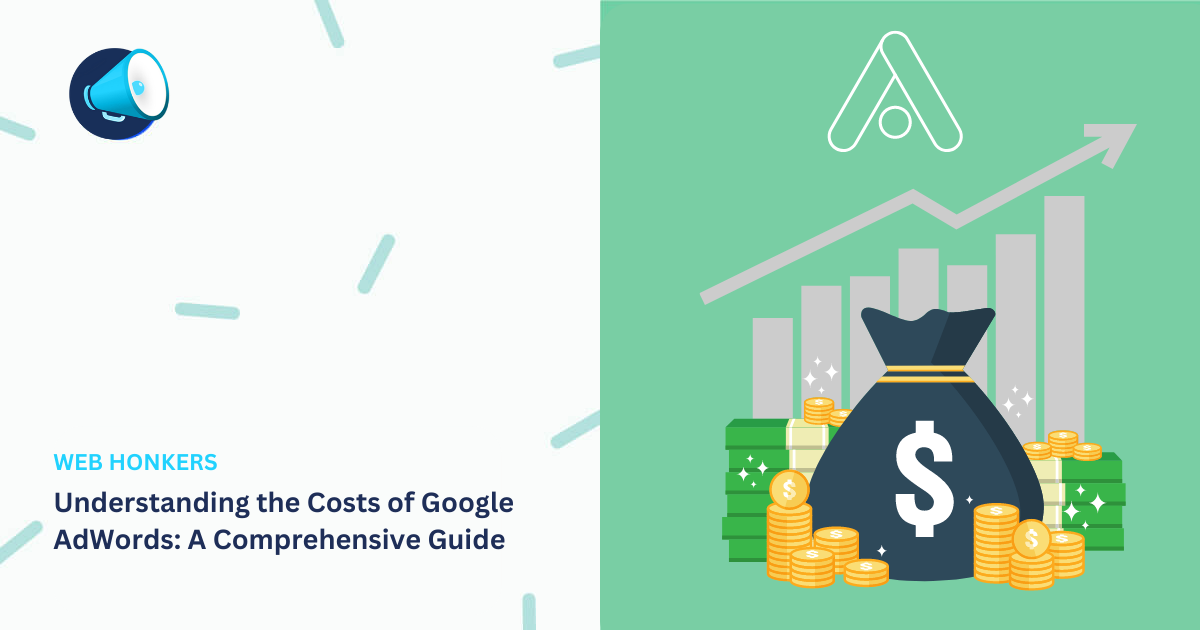In today’s digital age, online visibility plays a crucial role in the success of any business or website. When users type in a query on a search engine, they are presented with a list of web results that match their search terms. Naturally, users are more likely to click on websites that appear at the top of this list, deeming them more relevant to their query. Have you ever wondered why some websites rank higher than others? The answer lies in the power of a strategic web marketing technique called Search Engine Optimization (SEO).
This blog aims to provide you with a comprehensive understanding of SEO—what it is, how it works, and the varying ranking criteria used by major search engines.
How Search Engines Operate:
The fundamental truth to grasp before delving into SEO is that search engines are not human beings. While this might seem obvious, the disparity between how people and search engines perceive web pages is significant. Unlike human users, search engines rely on content. Despite rapid technological advancements, search engines are far from intelligent beings capable of appreciating the aesthetics of a web design or enjoying the intricacies of multimedia elements like videos and animations.
Firstly, search engines perform web crawling, a process where a piece of software known as a crawler or bot (e.g., Googlebot for Google) follows links from one page to another, indexing everything it encounters along the way.
To better understand what a crawler sees on your website, it is essential to note that crawlers cannot perceive images, Flash content, JavaScript, frames, password-protected pages, and directories. If your website contains an abundance of these elements, you can use a Spider Simulator tool to determine whether they are detectable by the crawler.
Once a page is crawled, the next step is indexing its content. The indexed page is stored in a vast database from which it can be retrieved later. Indexing involves identifying the words and phrases that best describe the page and associating it with specific keywords.
When a search query is made, the search engine processes it by analyzing the search string and matching it with the indexed pages in its database. Given that multiple pages (sometimes even millions) may contain the search string, the search engine begins calculating the relevance of each page in its index to the search string.
Determining relevance involves employing various algorithms, each with distinct relative weights for factors such as keyword density, links, and meta tags. Consequently, different search engines provide different search results pages for the same search query.
The final step in a search engine’s operation is retrieving and displaying the results in the user’s browser. This results in an extensive list of search results, sorted from the most relevant to the least relevant websites.
Conclusion:
Understanding the intricacies of SEO and search engine operations is crucial for online success. By grasping the basics of web crawling, indexing, and relevance calculation, you can optimize your website to rank higher in search engine results, thus increasing your online visibility and attracting more potential customers. Stay tuned for the next part of our SEO series, where we will delve deeper into the various strategies and techniques to enhance your website’s SEO performance.






 Marketing 360°
Marketing 360° Ads Management
Ads Management Web Development
Web Development SEO Service
SEO Service Social Media
Social Media Copywriting Service
Copywriting Service